On July 8, Chinese media reported that police had arrested eight people in connection with a mass lead poisoning incident at Peixin Kindergarten in Tianshui City, Gansu Province (northwestern China). The incident was discovered after more than 200 kindergarten children tested positive for lead in their blood.
Among those detained are the school's principal, surnamed Zhou, a local investor surnamed Li, and six school cafeteria workers. They are accused of "producing toxic and dangerous food." Two others are on parole awaiting trial.
According to the investigation, the kitchen staff bought non-food grade decorative paint online, diluted it, and added it to the food – with the consent of Principal Chu and Mr. Li. Laboratory tests confirmed that the paint contained lead, and the packaging clearly stated “do not eat.”
Of the 251 students at Peixin Kindergarten, 233 had abnormal blood results, with only 18 within safe limits.

Some parents said their children had developed strange symptoms since 2024, such as hair loss, discolored teeth, bad breath... but did not expect it could be mass lead poisoning. Chinese media reported that some teachers at the school were also poisoned with lead.
Authorities began a criminal investigation on July 4, after the cases were reported to police and the market supervision authority.
According to SCMP , testing 223 food and ingredient samples from 4 kindergartens invested by Mr. Li, 2 samples were found to be contaminated with lead - both from Peixin School, including a sample of three-color date cake (breakfast) and a sample of corn sausage rolls (dinner). These two dishes had lead content of 1,052 mg/kg and 1,340 mg/kg respectively - far exceeding the national safety limit of 0.5 mg/kg.
Tianshui Deputy Mayor and Public Security Director Guo Qingxiang told CCTV that Principal Zhou and investor Li approved the purchase of toxic paint to "make the food more appealing to students, thereby increasing profits."
Another deputy mayor, Ms. Wang Xiaojuan, admitted that the incident showed “serious weaknesses in management and training” at private kindergartens. The government will conduct comprehensive inspections, fix loopholes and tighten management of school food.
Many children were transferred to Xi'an (neighboring Shaanxi province) for testing and treatment at a hospital specializing in chemical poisoning.
According to the Guidelines for the Prevention of Lead Poisoning in Children issued by the Chinese Ministry of Health in 2006, blood lead levels above 100 mcg/L are considered abnormal, and above 200 mcg/L are considered lead poisoning. Some children at Peixin School had lead levels exceeding 250 mcg/L - the level warning of moderate poisoning, and some even exceeded 450 mcg/L - the level of severe poisoning.
Despite the official investigation report, some parents said that the test results organized by the school were significantly lower than those at Xi'an Central Hospital, which specializes in treating chemical poisoning.
Professor Yan Chonghuai, a pediatrician at Xinhua Hospital (affiliated to Shanghai Jiaotong University), said that the safe level of lead in young children is no more than 20 mcg/L. He warned that lead can cause irreversible neurological damage, seriously affecting intelligence and learning ability even with treatment.
Peixin Kindergarten is a private educational institution licensed to operate from June 2022 and started enrolling students from the end of August of the same year.
It is unclear exactly when the kitchen staff purchased the toxic paint. The incident has sparked outrage on social media, with many questioning why non-food grade paint was purchased when the price was not much different from food-grade dyes.
China has had a number of serious food safety scandals, most notably the melamine-tainted milk scandal in 2008 that sickened about 300,000 children. At that time, the government launched a large-scale investigation and sentenced some of the leaders to death.
Source: https://vietnamnet.vn/hieu-truong-bi-bat-giu-vi-vu-dau-doc-chi-khien-hang-tram-tre-mam-non-nhiem-doc-2419477.html



![[Photo] Prime Minister Pham Minh Chinh chaired a meeting of the Steering Committee on the arrangement of public service units under ministries, branches and localities.](https://vphoto.vietnam.vn/thumb/1200x675/vietnam/resource/IMAGE/2025/10/06/1759767137532_dsc-8743-jpg.webp)
![[Photo] Prime Minister Pham Minh Chinh chairs a meeting of the Government Standing Committee to remove obstacles for projects.](https://vphoto.vietnam.vn/thumb/1200x675/vietnam/resource/IMAGE/2025/10/06/1759768638313_dsc-9023-jpg.webp)



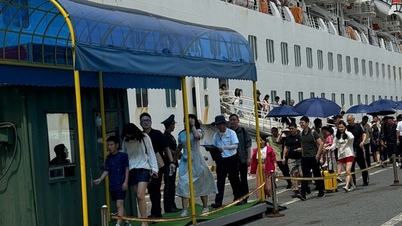

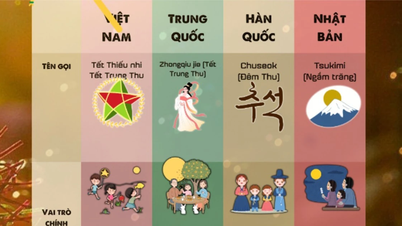

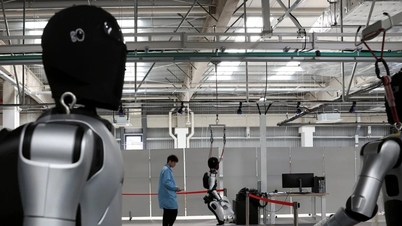

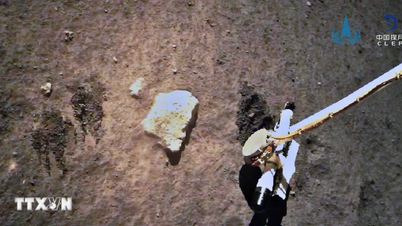

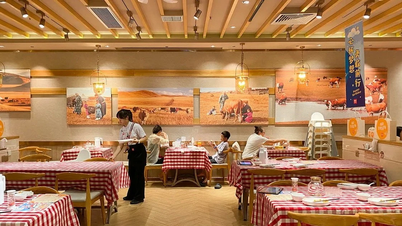
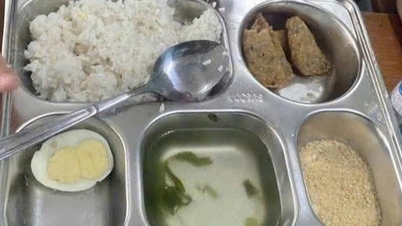

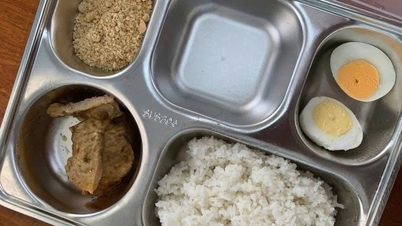


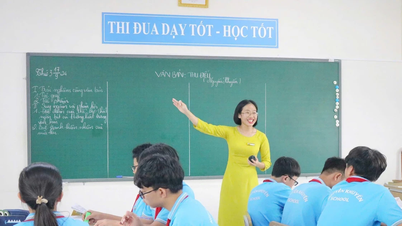

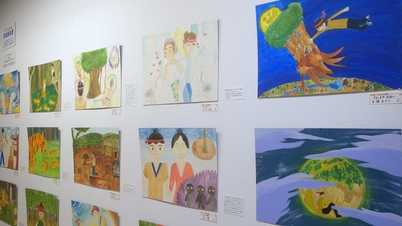

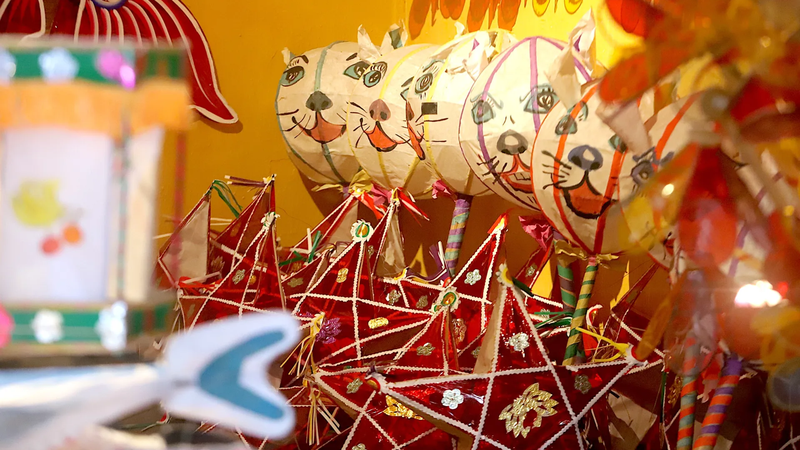
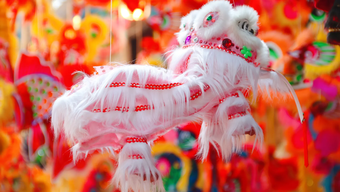














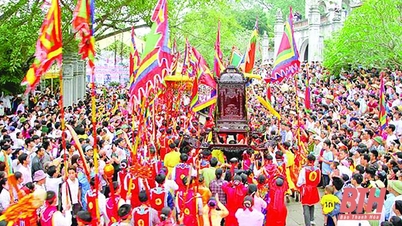

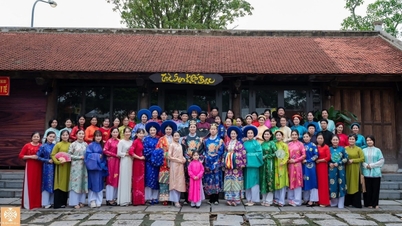

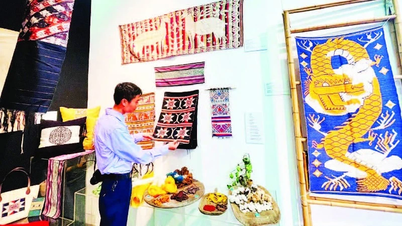
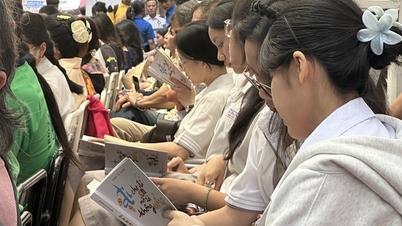





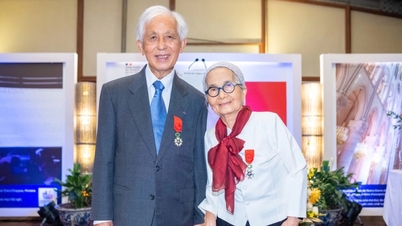
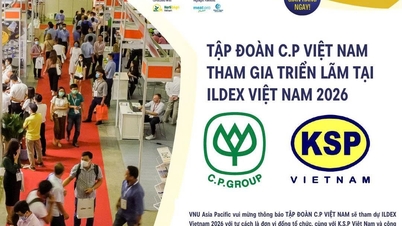

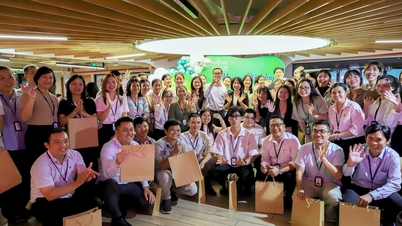




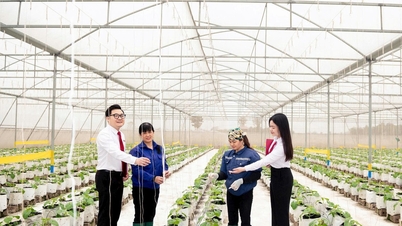










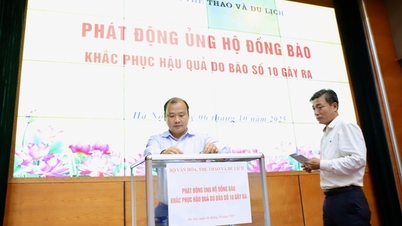



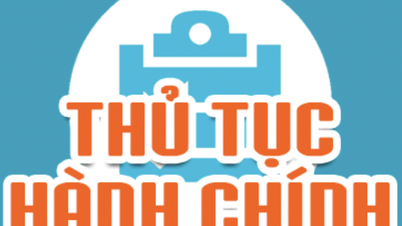
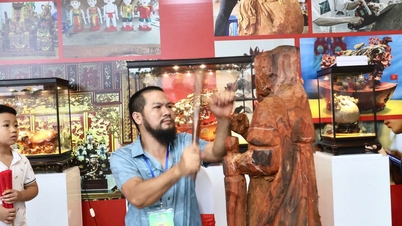

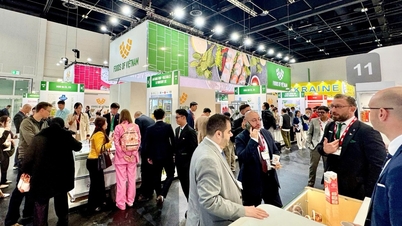



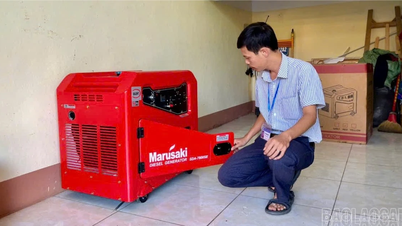








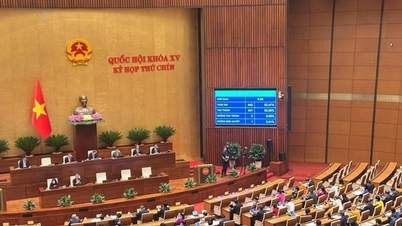









Comment (0)